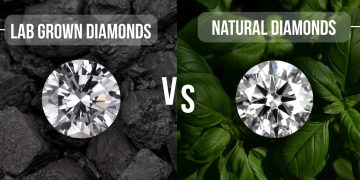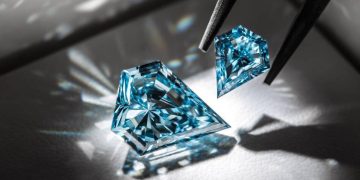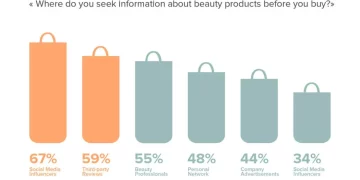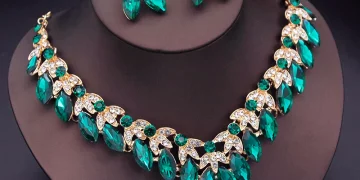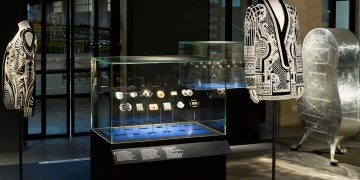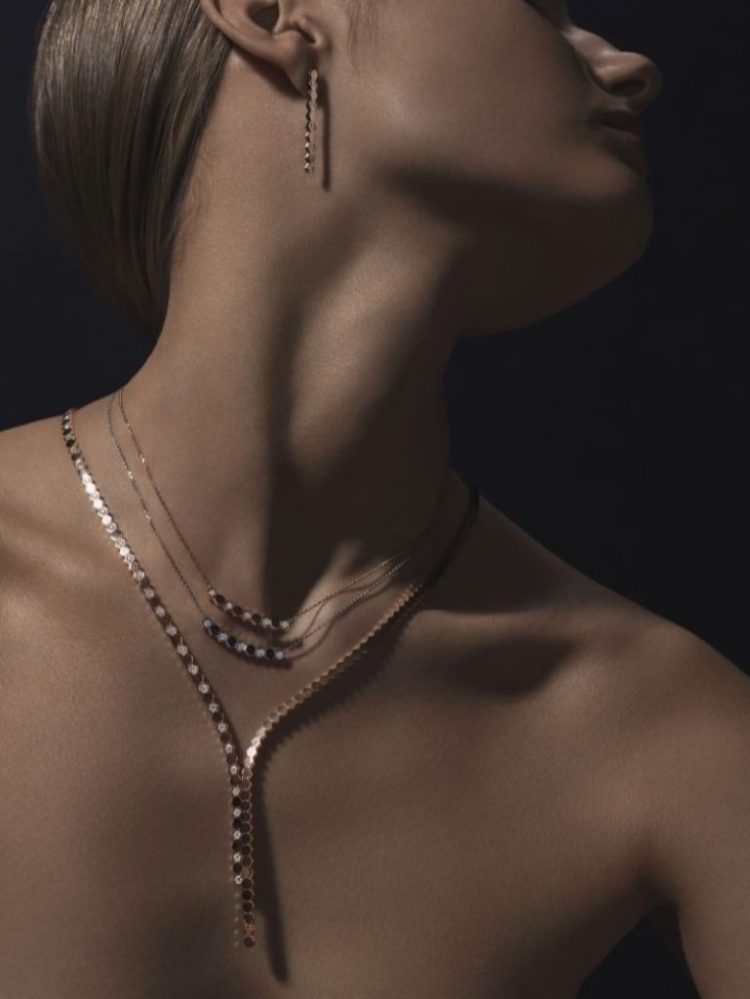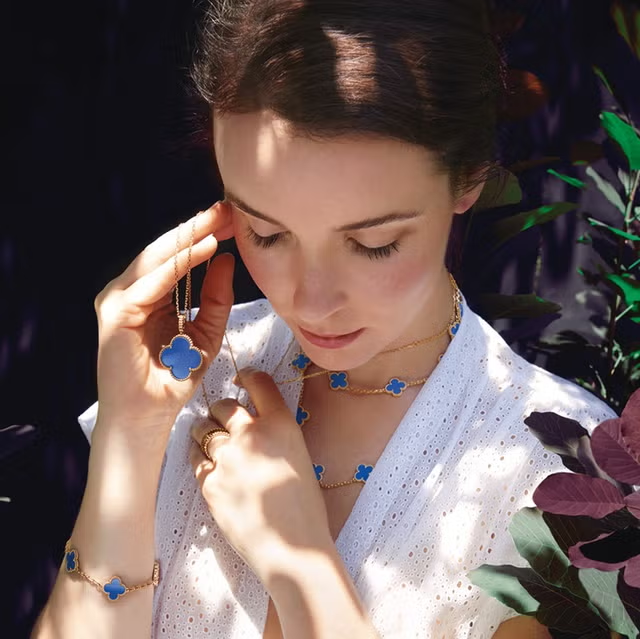Abstract
Minimalism has become one of the most dominant design philosophies in many industries, and jewelry is no exception. With its emphasis on simplicity, elegance, and functional beauty, minimalist jewelry is becoming increasingly popular among modern consumers, especially younger generations. This article explores whether minimalist style will continue to grow and potentially dominate jewelry design in the future. Through an analysis of current design trends, consumer preferences, cultural influences, and the impact of minimalist aesthetics on the jewelry market, we will examine the future trajectory of minimalist jewelry and its potential to become the mainstream trend in the industry.
1. Introduction
1.1 What is Minimalism in Jewelry Design?
Minimalism, as a design philosophy, is characterized by clean lines, simplicity, and an emphasis on functionality over excess. In jewelry design, minimalist pieces often feature subtle, understated elegance—focusing on the beauty of the material itself and the quality of craftsmanship, rather than on ornate decorations or intricate detailing. This approach is in stark contrast to more traditional jewelry designs, which often involve elaborate detailing, rich embellishments, and an abundance of precious stones.
Minimalist jewelry typically uses materials like sterling silver, gold, platinum, or diamonds in subtle settings. These pieces are often smaller in scale, focusing on one or two key design elements, and are made to be worn daily rather than reserved for special occasions.
1.2 A Brief Overview of Jewelry Design Traditions
Historically, jewelry design has evolved through various cultural and artistic movements, from the opulent designs of ancient Egyptian jewelry to the ornate baroque styles of European royal courts. In the 20th century, the Art Deco movement introduced geometric patterns and a sense of luxury through streamlined, symmetric designs. These styles were often characterized by lavish details, precious stones, and craftsmanship that celebrated abundance.
However, in recent decades, a stark shift has occurred. As society has moved toward more sustainable, conscious living, jewelry has followed suit. The desire for less excessive ornamentation has led to the rise of minimalist jewelry, particularly among younger generations.
2. The Rise of Minimalism in Jewelry Design
2.1 The Cultural Shift Toward Simplicity and Subtlety
Minimalism in design is not a new concept; it can be traced back to the Bauhaus movement in the early 20th century, which emphasized function over form and the importance of simplicity. In recent years, however, this aesthetic has experienced a resurgence across multiple industries, including architecture, fashion, and interior design. The cultural shift towards minimalism reflects broader social movements that prioritize sustainability, functionality, and mindfulness.
- Cultural Shifts in Fashion: The fashion industry has embraced minimalism, with designers like Jil Sander, Phoebe Philo for Céline, and Rei Kawakubo for Comme des Garçons driving minimalist trends. Jewelry, as an extension of fashion, has similarly shifted towards cleaner designs that align with a more restrained lifestyle.
- Lifestyle and Wellness Trends: With an increasing focus on wellness, simplicity, and mindfulness, minimalist jewelry aligns with the broader cultural movement that values quality over quantity. Consumers are drawn to pieces that are subtle, versatile, and personal, rather than ostentatious and showy.
2.2 Sustainability and Ethical Considerations
Minimalist jewelry also aligns with the growing trend of sustainability and ethical consumerism. The jewelry industry has long been criticized for its environmental and social impacts, particularly with issues like conflict diamonds, gold mining, and excessive consumption of rare materials.
- Sustainable Materials: Minimalist designs tend to use fewer materials, making them more likely to use ethically sourced or recycled metals and stones. The clean, unembellished designs focus on the inherent beauty of materials such as raw diamonds, recycled gold, or lab-grown gemstones.
- Timeless Appeal: Because minimalist jewelry is typically designed with longevity in mind, it is less likely to go out of fashion. This timeless quality appeals to consumers who are becoming increasingly aware of the need for sustainable consumption and the desire for long-lasting, high-quality pieces.
3. The Appeal of Minimalist Jewelry
3.1 Versatility and Everyday Wearability
One of the primary reasons for the rising popularity of minimalist jewelry is its versatility. Minimalist pieces are often designed to be worn daily, with the ability to pair effortlessly with various outfits. This practicality makes them ideal for modern consumers who prioritize function and comfort.
- Timeless Design: Unlike trend-driven jewelry, which may lose its appeal as fashions change, minimalist designs have a timeless quality. They are not subject to the whims of fast fashion and remain relevant for years.
- Mix and Match: Minimalist jewelry can be easily combined with other pieces, whether they are bold statement items or other minimalist pieces, allowing for personal expression without overwhelming the look. A simple gold band or a delicate pendant can be paired with more intricate pieces to create a unique, personalized aesthetic.
3.2 Emotional and Personal Significance
Minimalist jewelry is often valued for its emotional significance rather than its outward ostentation. Simple designs can carry deep personal meaning—whether through custom engravings, subtle symbolism, or the use of meaningful materials.
- Personalized Jewelry: Minimalist jewelry provides the opportunity for more personalized designs, where subtlety enhances the emotional connection between the wearer and the piece. Custom initials, birthstones, or special engravings add a layer of sentimentality that might be absent from more elaborate, ornate designs.
- Symbolism Over Opulence: Minimalist designs often rely on symbols, shapes, and materials that have significant meaning to the wearer, rather than depending on the size or extravagance of precious stones. A small diamond ring may carry more meaning as a symbol of love and commitment than a larger, more ornate piece.
4. Minimalism’s Impact on the Jewelry Market
4.1 Market Trends and Consumer Behavior
The minimalist jewelry trend has already gained substantial traction, especially among younger generations. Millennials and Gen Z consumers, who prioritize sustainability, personal expression, and versatility, are increasingly drawn to minimalist designs.
- The Shift Toward DTC (Direct-to-Consumer) Brands: Many minimalist jewelry brands, such as Mejuri, Missoma, and AUrate, have adopted direct-to-consumer business models, which allow them to offer high-quality, timeless designs at a more affordable price point. These brands have grown rapidly in popularity by catering to consumers’ demand for simplicity and transparency.
- Social Media Influence: Social media platforms, especially Instagram and Pinterest, play a significant role in the popularity of minimalist jewelry. Influencers and celebrities are often seen wearing understated pieces, helping to elevate the perception of minimalist designs as aspirational and fashionable.
4.2 The Democratization of Jewelry
Minimalist jewelry is also part of a broader trend towards the democratization of luxury. As consumers increasingly seek to break away from traditional notions of wealth and excess, minimalist jewelry offers a more attainable form of luxury. This shift is especially notable in the rise of “affordable luxury” jewelry brands that offer high-quality, ethically sourced pieces without the premium price tag traditionally associated with luxury jewelry.
- Affordability: With simpler designs and smaller materials, minimalist jewelry can be produced at a lower cost than traditional, embellished pieces, making it more accessible to a wider range of consumers.
- Inclusivity: Minimalist jewelry tends to appeal to a broad demographic, regardless of age, gender, or cultural background. Its subtle elegance makes it suitable for people from diverse walks of life, contributing to its growing popularity.
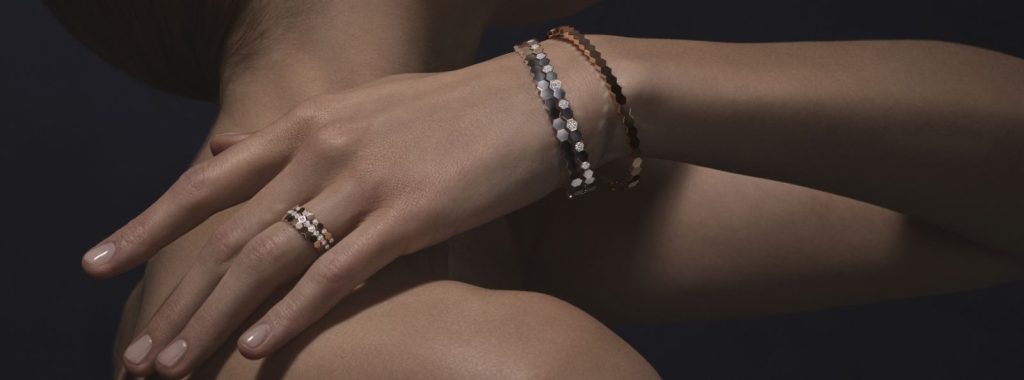
5. The Future of Minimalist Jewelry
5.1 Will Minimalism Dominate the Future of Jewelry Design?
As the current trends suggest, minimalist jewelry is likely to become even more influential in the future. Its appeal lies in its simplicity, elegance, and versatility—qualities that resonate with modern consumers who prioritize sustainability, functionality, and personal expression.
- Sustainability and Ethical Consumption: With growing awareness about the environmental and social impacts of the jewelry industry, minimalist designs—which often utilize fewer materials and more sustainable practices—are positioned to lead the future of jewelry design.
- Customization and Personalization: The future of minimalist jewelry will likely see an increase in custom designs, where consumers have the ability to add their personal touch while maintaining the clean, understated elegance of minimalist aesthetics.
- Technological Advancements: The use of new technologies like 3D printing and digital design will allow for even more precise and intricate minimalist designs, further pushing the boundaries of what is possible within minimalist jewelry.
5.2 Challenges to Minimalist Jewelry’s Mainstream Dominance
While minimalist jewelry is well-poised to be a leading trend, there are challenges that could prevent it from fully dominating the jewelry market. The desire for extravagant, statement-making jewelry—especially in the luxury segment—remains strong, and some consumers may continue to prefer traditional, ornate designs.
However, as younger generations (who are more inclined to embrace minimalism) gain purchasing power, and as sustainability becomes an even stronger consumer value, minimalist jewelry’s position as a mainstream trend is likely to solidify.
6. Conclusion
Minimalist jewelry is poised to play a significant role in shaping the future of jewelry design. As consumer preferences continue to shift toward sustainability, simplicity, and personal expression, minimalist designs offer an ideal balance of elegance, functionality, and ethical production. While traditional, ornate jewelry will likely remain popular among certain demographics, minimalist jewelry is set to become a dominant force, especially as younger consumers lead the charge toward more meaningful and sustainable luxury.
With its versatility, timeless appeal, and alignment with contemporary cultural values, minimalist jewelry has the potential to become the mainstream trend in the jewelry industry—representing not just a design aesthetic, but a broader cultural shift toward mindful consumption and personal authenticity.

